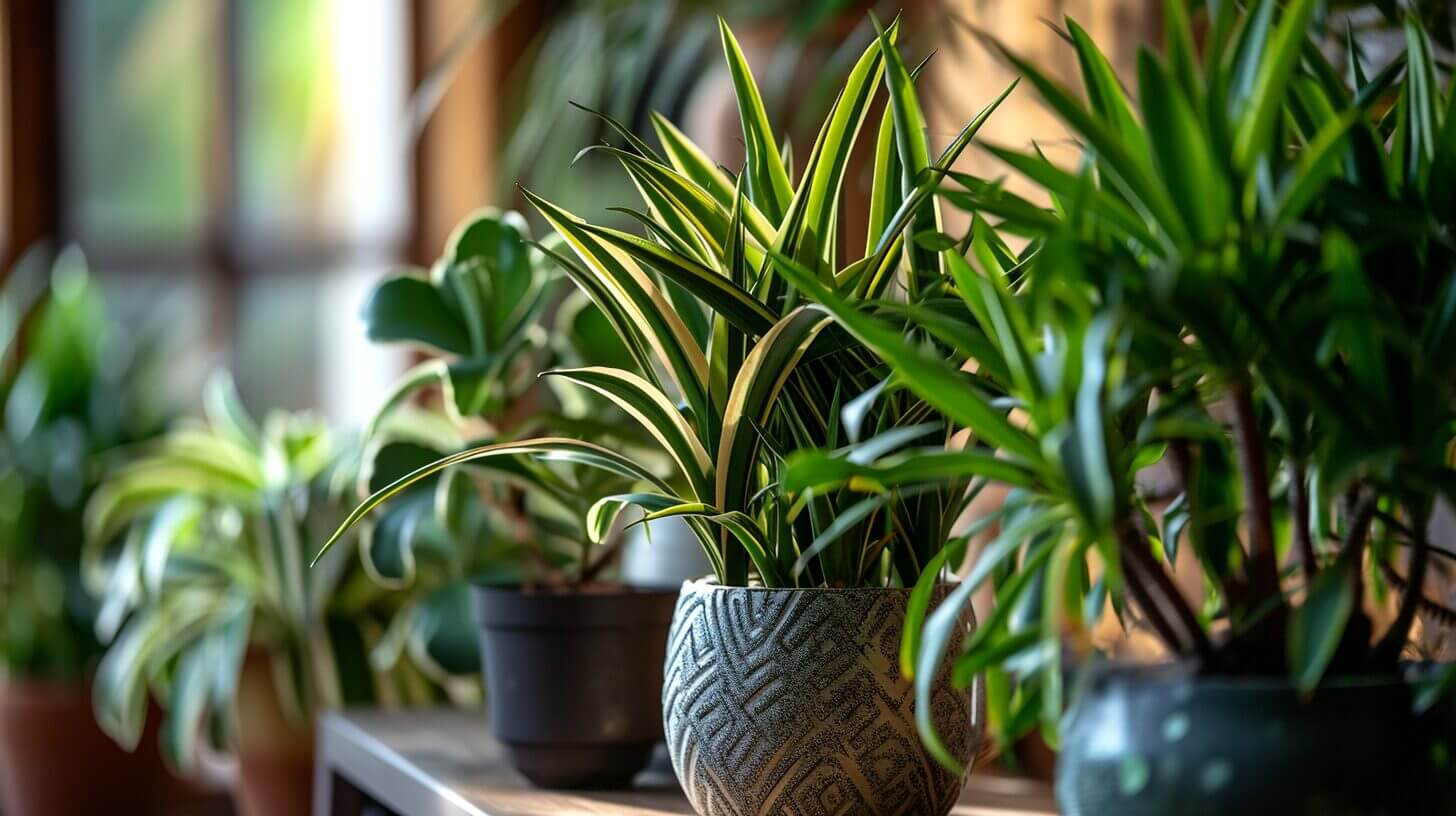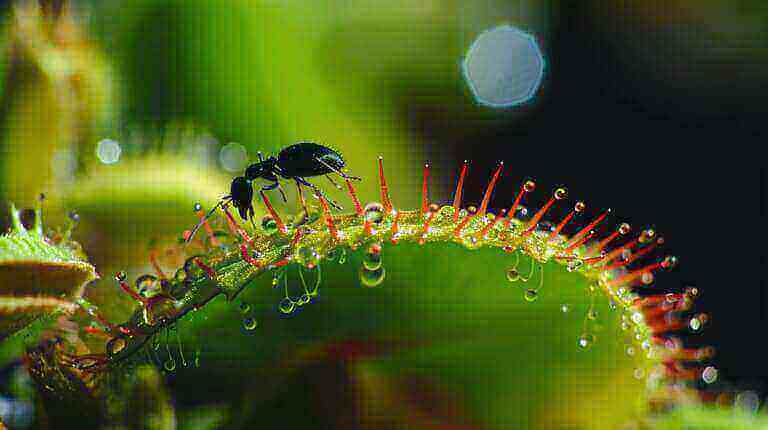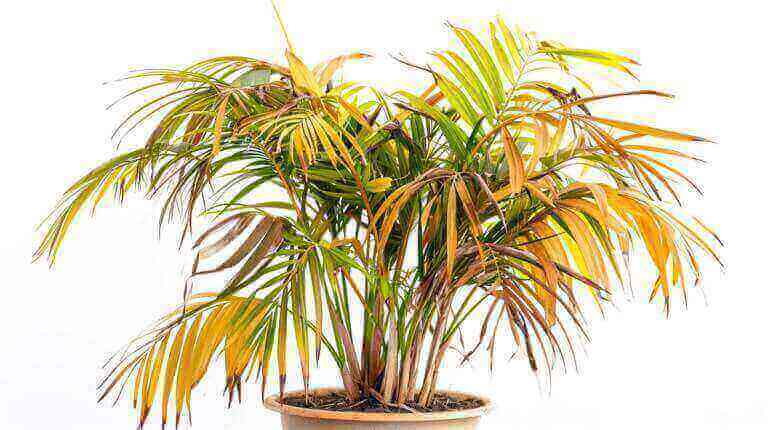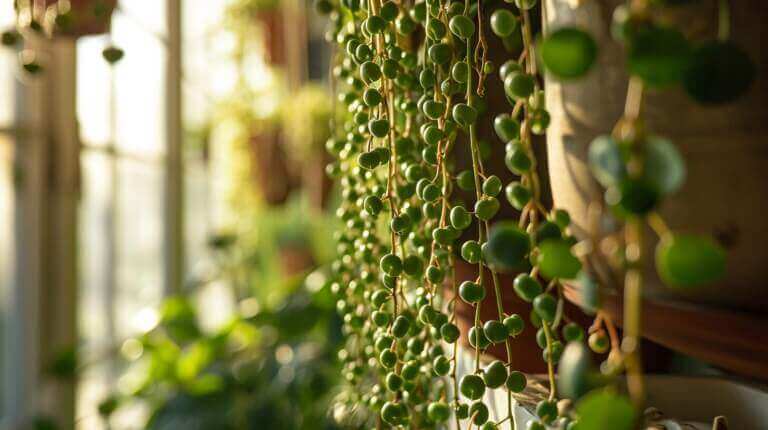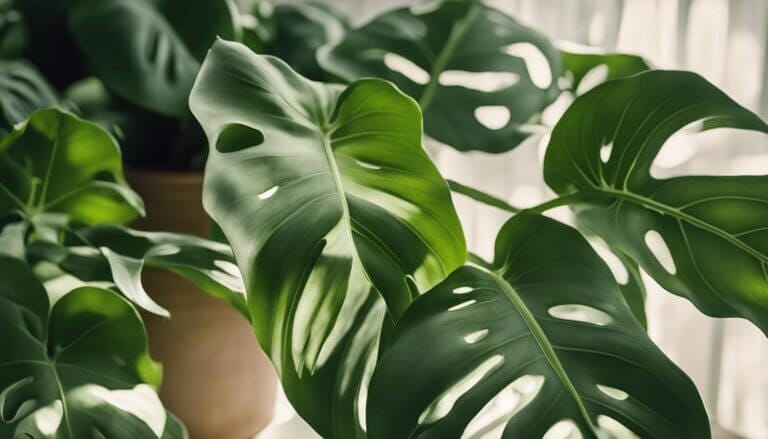The Complete Guide to Fertilizing Dracaena Plants for Healthy Houseplant
Fertilizing dracaena plants is essential for promoting healthy foliage and ensuring optimal growth. These popular houseplants require proper fertilization to receive the necessary nutrients for their overall well-being. By following a few guidelines and avoiding common mistakes, you can keep your dracaena plants thriving and looking their best.
Key Takeaways:
- Proper fertilization is crucial for promoting healthy foliage and optimal growth in dracaena plants.
- Before fertilizing, address any issues that may resemble fertilization errors, such as browning leaf tips or insufficient humidity.
- Fertilizing frequency can vary, with recommendations ranging from once in spring and once in early autumn to once or twice a month during spring and summer.
- Indoor dracaena plants typically require less fertilizer compared to outdoor plants.
- A balanced liquid fertilizer with a low dose is recommended for optimal results.
Understanding Dracaena Fertilization Needs
Understanding the specific fertilization needs of dracaena plants is essential for maintaining their overall health and vitality. These low maintenance houseplants require a careful balance of nutrients to thrive and produce healthy foliage. By providing the right fertilization regimen, you can ensure that your dracaena plants continue to flourish.
Dracaena plants are popular houseplants that require proper fertilization for healthy foliage.
When it comes to fertilizing dracaena plants, it’s important to consider their nutrient requirements. Dracaenas typically prefer a balanced fertilizer that provides equal amounts of nitrogen (N), phosphorus (P), and potassium (K). Look for a fertilizer with an NPK ratio of 10-10-10 or 20-20-20 to meet these needs.
Indoor dracaena plants generally require less fertilizer compared to their outdoor counterparts. The confined space of indoor environments means that nutrients are not as quickly depleted from the soil. As a result, it’s recommended to use a low dose of liquid fertilizer to avoid overfertilization. Applying a diluted fertilizer solution once or twice a month during the spring and summer months should be sufficient to meet their nutritional needs.
Alternatively, you can opt for granular fertilizers, which release nutrients slowly over time. These can be applied less frequently, usually every two to three months. When using granular fertilizers, it’s important to follow the manufacturer’s instructions for proper dosage and application.
Fertilization recommendations for dracaena plants:
- Use a balanced fertilizer with an N-P-K ratio of 10-10-10 or 20-20-20.
- For indoor dracaenas, apply a low dose of liquid fertilizer once or twice a month during the spring and summer.
- Alternatively, use granular fertilizers applied every two to three months, following the manufacturer’s instructions.
By understanding and meeting the specific fertilization needs of your dracaena plants, you can ensure they receive the necessary nutrients for healthy growth. Remember to avoid overfertilization and provide adequate watering before and after fertilizing to prevent any potential damage. With proper care and fertilization, your dracaena plants will continue to thrive and enhance the beauty of your indoor space.
| Indoor Dracaena Fertilization Recommendations | Outdoor Dracaena Fertilization Recommendations |
|---|---|
| Apply a low dose of liquid fertilizer once or twice a month during the spring and summer. | Fertilize once in spring and once in early autumn. Some experts also suggest fertilizing once or twice a month during spring and summer. |
| Consider using granular fertilizers applied every two to three months. | N/A |
Choosing the Best Fertilizer for Dracaena Plants
Choosing the right fertilizer is crucial for promoting optimal plant health and ensuring the well-being of your dracaena plants. Fertilizers provide essential nutrients that help plants thrive and maintain vibrant foliage. When selecting a fertilizer, consider the specific needs of your dracaena plants and the benefits different types of fertilizers offer.
Liquid fertilizers are a popular choice for dracaena plants due to their ease of use and rapid nutrient absorption. These fertilizers come in concentrated form and can be diluted with water before application. The nutrient-rich liquid is easily absorbed by the plant’s roots, promoting quick growth and healthy foliage. Follow the instructions on the fertilizer packaging for proper dilution ratios and application frequency. It is generally recommended to fertilize dracaena plants with a balanced liquid fertilizer once a month during the growing season.
Granular fertilizers are another option for fertilizing dracaena plants. These slow-release fertilizers are typically applied to the soil surface and slowly break down over time, releasing nutrients gradually. Granular fertilizers provide a steady supply of nutrients to the plants, reducing the need for frequent application. They are especially beneficial for outdoor dracaena plants, where nutrients can leach out of the soil more quickly. Follow the package instructions for recommended application rates and frequency.
For those seeking more natural options, organic fertilizers are a great choice. These fertilizers are derived from natural sources and contain beneficial microorganisms that help improve soil health. Organic fertilizers, such as compost or well-rotted manure, provide a slow and steady release of nutrients, nourishing the dracaena plants over time. Apply organic fertilizers according to package instructions or consult with a gardening expert for specific recommendations for your dracaena plants.
| Fertilizer Type | Advantages | Recommended Application |
|---|---|---|
| Liquid Fertilizer | Easy to use, rapid nutrient absorption | Once a month during the growing season |
| Granular Fertilizer | Slow-release, reduced application frequency | Follow package instructions for rates and frequency |
| Organic Fertilizer | Natural, improves soil health | Apply according to package instructions or consult with an expert |
Remember, the key to fertilizing dracaena plants is to provide the right nutrients in the right amounts. Avoid overfertilization, as it can lead to nutrient burn and other issues. Additionally, always water your plants before and after fertilizing to prevent root burn and ensure proper nutrient absorption. With the right fertilizer and proper care, your dracaena plants will thrive and reward you with lush, healthy foliage.
Fertilizing Guidelines and Tips for Dracaena Plants
To ensure healthy growth and vibrant foliage, it is important to follow proper fertilization guidelines and implement effective tips specifically tailored for dracaena plants. Fertilizing dracaenas not only provides them with essential nutrients but also helps maintain their overall health and appearance. Here are some valuable guidelines and tips to help you fertilize your dracaena plants successfully:
- Fertilize during the growing season: Dracaena plants are most active during the spring and summer months, so this is the ideal time to fertilize them. During this period, the plants have increased nutrient requirements to support their growth and development. However, it is important to avoid fertilizing during the winter months when the plants are in a dormant phase.
- Address nutrient deficiencies: If you notice signs of nutrient deficiencies, such as yellowing or browning leaves, it’s crucial to address these issues promptly. Adjusting the fertilization routine can help combat these problems. Look for fertilizers specifically formulated for dracaena plants that contain the missing nutrients, such as iron or magnesium.
- Dilute and follow feeding schedule: It’s important to dilute the fertilizer according to the manufacturer’s instructions before applying it to your dracaena plants. Applying concentrated fertilizer directly to the plants can cause root burn and other damage. Additionally, establish a feeding schedule that aligns with the specific fertilizer type you’re using. Some fertilizers require more frequent application, while others have a slower release rate.
- Monitor and adjust: Keep a close eye on your dracaena plants after fertilization. Observe their response to the fertilizer and make adjustments if necessary. If you notice any adverse effects, such as leaf burn or stunted growth, reduce the fertilizer dosage or frequency. Every plant is unique, so it’s essential to monitor their individual needs.
| Common Fertilizing Mistakes to Avoid |
|---|
| 1. Overfertilization: Excessive fertilization can harm dracaena plants, causing burnt roots and leaf damage. Follow the recommended dosage and frequency to prevent overfertilization. |
| 2. Inadequate watering: Before and after fertilizing, ensure that the plants are adequately watered. This helps prevent root burn and ensures proper nutrient absorption. |
| 3. Synthetic fertilizers: While synthetic fertilizers may provide quick results, they can also pose a risk of chemical buildup in the soil over time. Consider using organic fertilizers for a more sustainable approach. |
By following these fertilizing guidelines and tips, you can provide your dracaena plants with the necessary nutrients for healthy growth and lush foliage. Remember to monitor your plants’ response and make adjustments as needed to ensure their long-term well-being.
Common Fertilizing Mistakes to Avoid for Dracaena Houseplant
Avoiding common fertilizing mistakes is crucial for maintaining the health and vitality of your dracaena plants. Overfertilization is a common error that can lead to nutrient imbalances and potentially harm your plants. It’s important to follow the recommended dosage and frequency for fertilizing, as excess nutrients can cause burning of the roots and foliage.
Inadequate watering before and after fertilizing is another mistake to avoid. Before applying fertilizer, make sure the soil is well-hydrated. This allows the nutrients to be absorbed properly by the roots. After fertilizing, be sure to water the plants thoroughly to prevent root burn. Proper hydration helps the plants to utilize the nutrients effectively.
Avoid using synthetic fertilizers as they can be harsh on dracaena plants. Instead, opt for organic fertilizers, which provide a more gentle and balanced approach. Organic options such as compost or fish emulsion can promote healthy growth without the risk of chemical buildup.
By avoiding these common fertilizing mistakes and following proper guidelines, you can ensure the long-term health and vitality of your dracaena plants. Consistent and appropriate fertilization will contribute to lush foliage and vibrant growth that will beautify your indoor or outdoor space.
FAQs
How often should I fertilize my dracaena plant?
Fertilize dracaena plants every 2-4 weeks during the active growing season in spring through summer. Reduce frequency to monthly or biweekly in fall and winter when growth slows.
What is the best fertilizer for dracaenas?
A balanced liquid fertilizer diluted to half strength is ideal. Look for a 10-10-10 or 20-20-20 fertilizer formulated specifically for indoor plants.
Can I use organic fertilizers on dracaenas?
Yes, organic options like compost tea, fish emulsion, worm castings, or seaweed extract also work well. Just dilute and apply per label instructions.
Should I fertilize even if my dracaena isn’t actively growing?
You can reduce fertilizer frequency in fall and winter but occasional light feeding is still beneficial for inactive plants.
What happens if I over-fertilize my dracaena?
Over-fertilization can cause leaf burn, root damage, stunted growth, and buildup of excess salts. Flush soil with water if this occurs and resume normal feeding.
Can Coffee Grounds Be Used For Fertilize Dracaena Indoor Houseplant?
Coffee grounds can be used to fertilize dracaena plants in moderation, but there are a few things to keep in mind:
- Used coffee grounds are high in nitrogen and provide organic matter, both of which are beneficial to dracaenas. However, they tend to lower soil pH over time.
- Coffee grounds should be used sparingly, no more than once a month. Mix just a tablespoon or two into the top few inches of soil.
- Only use dried, cooled coffee grounds. Fresh, moist grounds can promote fungal growth and damage dracaena roots.
- Consider mixing grounds into a balanced liquid fertilizer instead of applying directly. This helps prevent pH fluctuations.
- Monitor plants closely for any signs of leaf burn, which may signal too much nitrogen from excess grounds.
So in summary, coffee grounds are fine for dracaenas and can provide nutritional value, but should be used in moderation to avoid potential issues. A mild, diluted coffee fertilizer is safer than applying grounds directly to the soil.
What Nutrients And Macronutrients Do Coffee Grounds Provide for Dracaena Houseplants?
Coffee grounds do contain some beneficial micronutrients and macronutrients that can be useful for dracaena houseplants:
- Nitrogen – Used for green, leafy growth. Grounds are high in nitrogen.
- Phosphorus – Important for root development and flowering. Coffee contains a small amount.
- Potassium – Key for overall plant health. Grounds have a modest potassium content.
- Calcium and Magnesium – Important for cellular functions. Present in low concentrations.
- Iron, Copper, Manganese – Help form chlorophyll and enzymes. Trace amounts present.
- Zinc – Used for metabolism and growth. Small amounts available.
However, coffee grounds are acidic with a low pH around 4.5-5. Over time, excessive use can increase soil acidity. Moderation is key. Use gingerly on Dracaena plants once a month.
So in small amounts, the nitrogen and other nutrients in grounds are beneficial to dracaenas. But the acidity means they should be used sparingly, mixed into soil rather than used for direct top-dressing applications. A mild liquid fertilizer avoids pH fluctuations.
How often should I fertilize my dracaena plants?
Some experts recommend fertilizing once in spring and once in early autumn, while others suggest fertilizing once or twice a month during spring and summer.
What type of fertilizer is best for dracaena plants?
A balanced liquid fertilizer with a low dose is recommended. Granular fertilizers can also be used but require less frequent application.
How much fertilizer should I use for indoor dracaena plants?
Indoor dracaena plants typically require less fertilizer than outdoor plants. It’s important to follow the instructions on the fertilizer packaging and use a low dose to avoid overfertilization.
What are common fertilizing mistakes to avoid for dracaena plants?
Two common mistakes to avoid are overfertilization and inadequate watering before and after fertilizing. Overfertilization can lead to root burn and damage the plant, while inadequate watering can hinder nutrient absorption.

